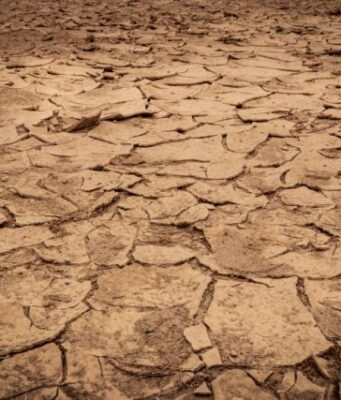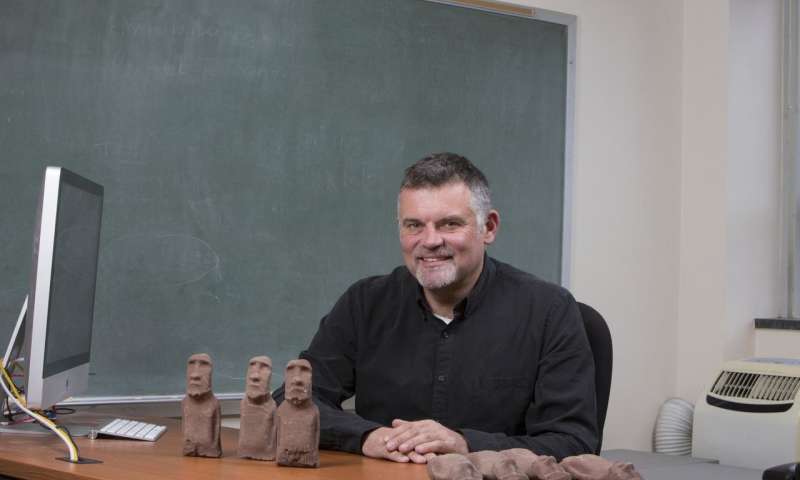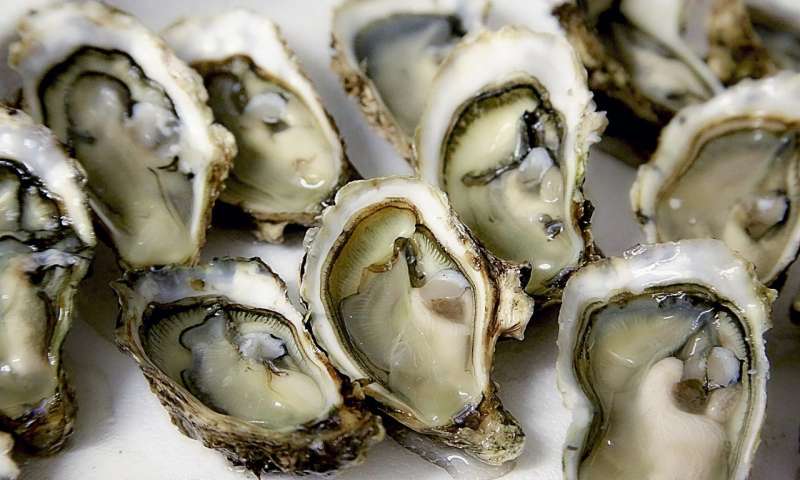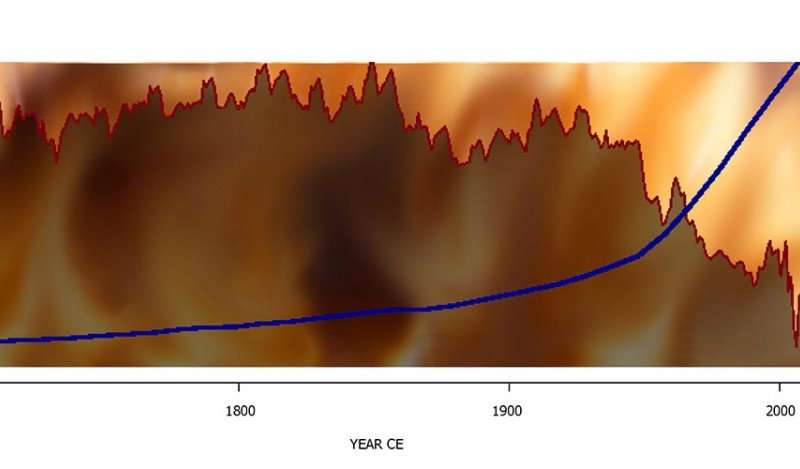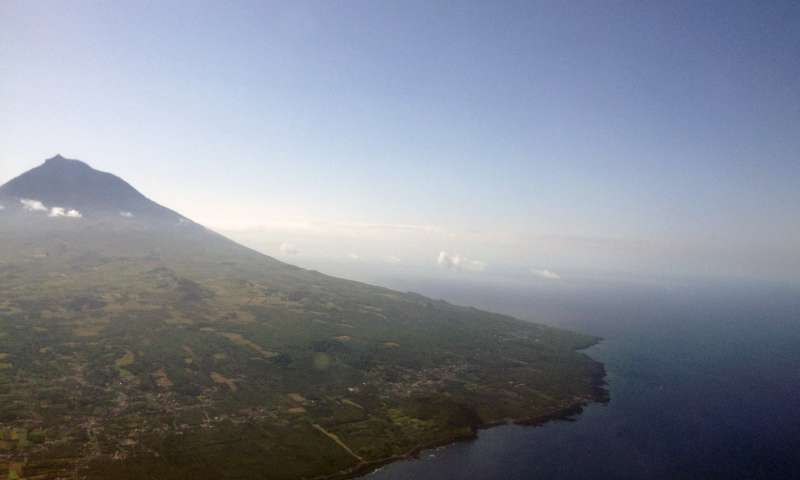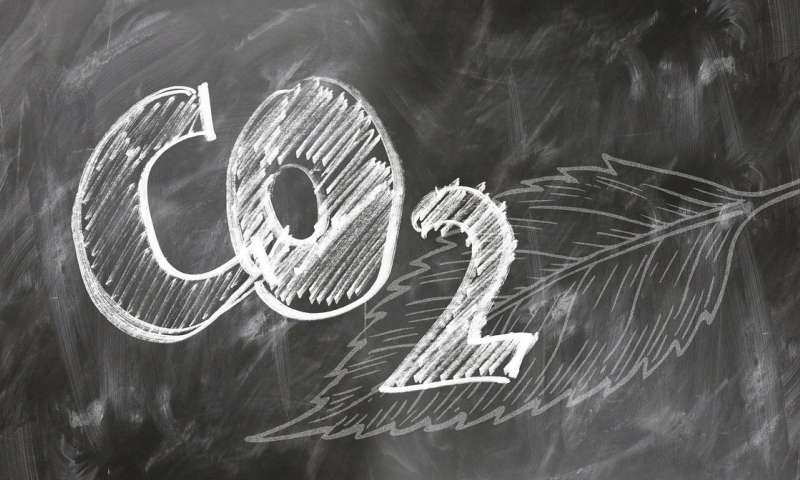The world must drastically reduce its meat consumption in order to avoid devastating climate change, scientists said Wednesday in the most thorough study so far on how what we eat affects the environment.
As humanity grapples with tough choices to...
Ancient inhabitants of Rapa Nui (Easter Island) maintained a society of thousands by utilizing coastal groundwater discharge as their main source of "freshwater," according to new research from a team of archaeologists including faculty at Binghamton University, State University...
The vast majority of computing devices today are made from silicon, the second most abundant element on Earth, after oxygen. Silicon can be found in various forms in rocks, clay, sand, and soil. And while it is not the...
Climate change's effect on coastal ecosystems is very likely to increase mortality risks of adult oyster populations in the next 20 years.
That is the finding of a new study led by the University of Nantes, the LEMAR (the Marine...
Global average sea-level could rise by nearly 8 feet (2.5 meters) by 2100 and 50 feet (15 meters) by 2300 if greenhouse gas emissions remain high and humanity proves unlucky, according to a review of sea-level change and projections...
Carbon losses caused by El Niño forest fires of 2015 and 2016 could be up to four times greater than thought, according to a study of 6.5 million hectares of forest in Brazilian Amazonia.
New research, published in a special...
Species-rich subtropical forests can take up, on average, twice as much carbon as monocultures. An international research team with the involvement of the University of Zurich has evaluated data from forests grown specifically for this purpose in China with...
Secondary forests, or forests that have regrown after agriculture use, only last an average of 20 years, according to a recently released scientific paper.
The finding presents a major problem for large-scale restoration policy, which often focuses on commitments to...
The Industrial Revolution brought about many things: the steam engine, the factory system, mass production.
But not, apparently, more wildfires. Actually, the opposite.
A new study, "Reassessment of Pre-Industrial Fire Emissions Strongly Affects Anthropogenic Aerosol Forcing," by a Cornell University postdoctoral...
Rising 2,225 meters into the air on an island in the Azores archipelago, Pico Mountain Observatory is an ideal place to study aerosols—particles or liquids suspended in gases—that have traveled great distances in the troposphere.
The troposphere is the portion...
Growing and harvesting bioenergy crops—corn for ethanol or trees to fuel power plants, for example—is a poor use of land, which is a precious resource in the fight against climate change, says a University of Michigan researcher.
Untampered green areas...


